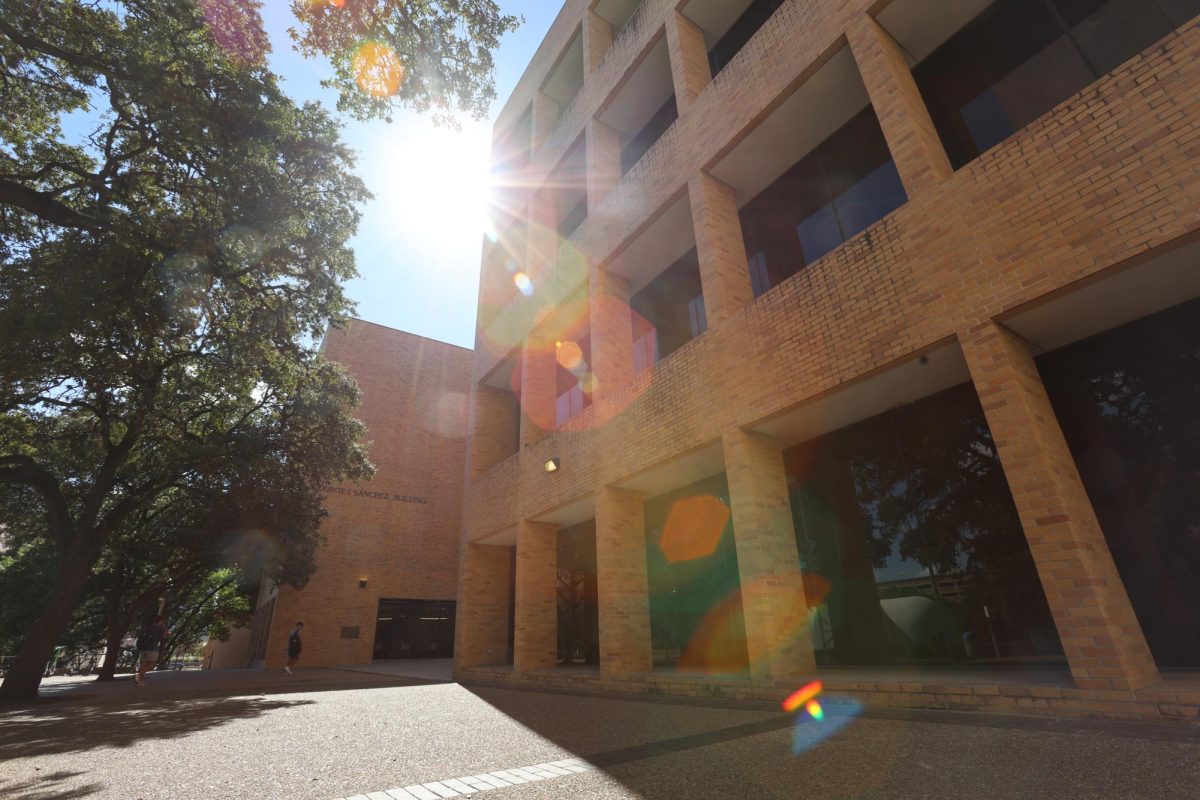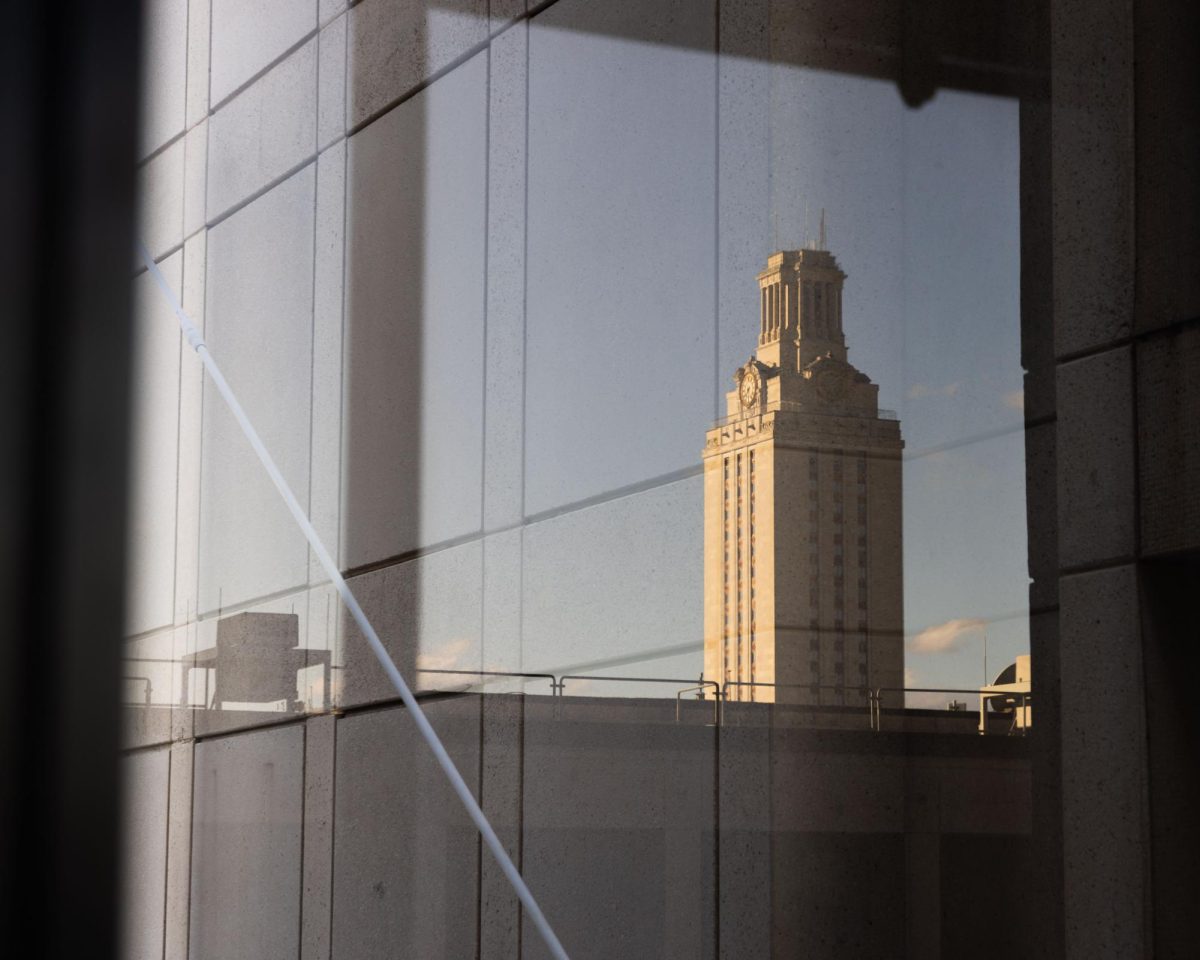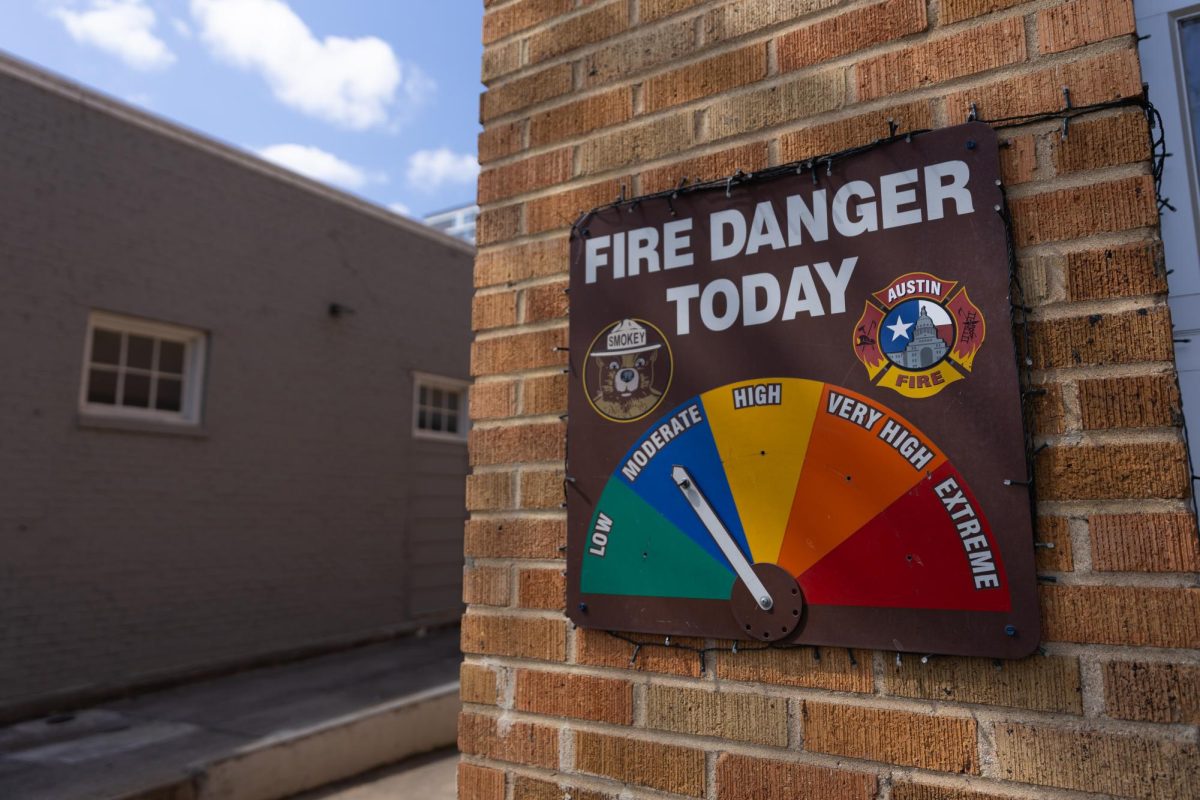With a 6-year-old solar car, the University of Texas Solar Vehicles team spent the last 7 months preparing for Formula Sun, an annual event where teams design, build and race solar-powered electric vehicles.
Last weekend 18 teams from the United States and Canada had 3 days to race their vehicles. The winners had to complete the most laps around the track during the time given.
“The planning for this race started at the beginning of the spring semester,” Gary Hallock, professor in the School of Engineering, said. “We’re using a solar car that has already competed, so it was somewhat less than it could have been.”
Hallock said the vehicle is built around an aluminum frame that helps the vehicle’s structural integrity.
“It has a carbon fiber shell, but in our case the carbon fiber is for the (vehicle's) shape and aerodynamics,” Hallock said. “Electrically, it uses a single motor, called a hub motor, which directly powers the rear wheel.”
Different tasks and responsibilities were grouped into three major divisions — business, who worked with the team’s corporate sponsors; mechanical, who worked on building the car and electrical, who worked on the car’s battery and solar panels. Electrical engineering senior Corey Hulse said the team was also divided into multiple subgroups that work on specific aspects of the car, such as braking, steering and suspension.
“The vehicle was built in a very interdisciplinary process,” Hulse said. “We have people from all different majors and backgrounds working on all different aspects of the vehicle.”
Hulse said that the team has also driven the vehicle on highways in cross-country races.
“A lot of people underestimate how powerful the vehicle could be,” Hulse said. “My speed record as a driver was 55 miles per hour. Theoretically, the car could get up to 60 to 70 miles per hour.”
Since the car is lightweight and very aerodynamic, mechanical engineering sophomore Thiago de Sousa said it’s not safe to travel over sixty miles per hour. At that point, the solar array picks up wind traction that lifts part of the car into the air. However, for this reason, the team received the “Almost an Airplane” award.
“It’s a very light car,” de Sousa said. “It’s around five hundred to six hundred pounds including the driver.”
Hulse said that every detail of building the car needed to be precise to get the vehicle to function.
“When you do a project of this scale, it definitely teaches you to do every little step, even if it seems a little trivial,” Hulse said. “And make sure it’s done right.”




















